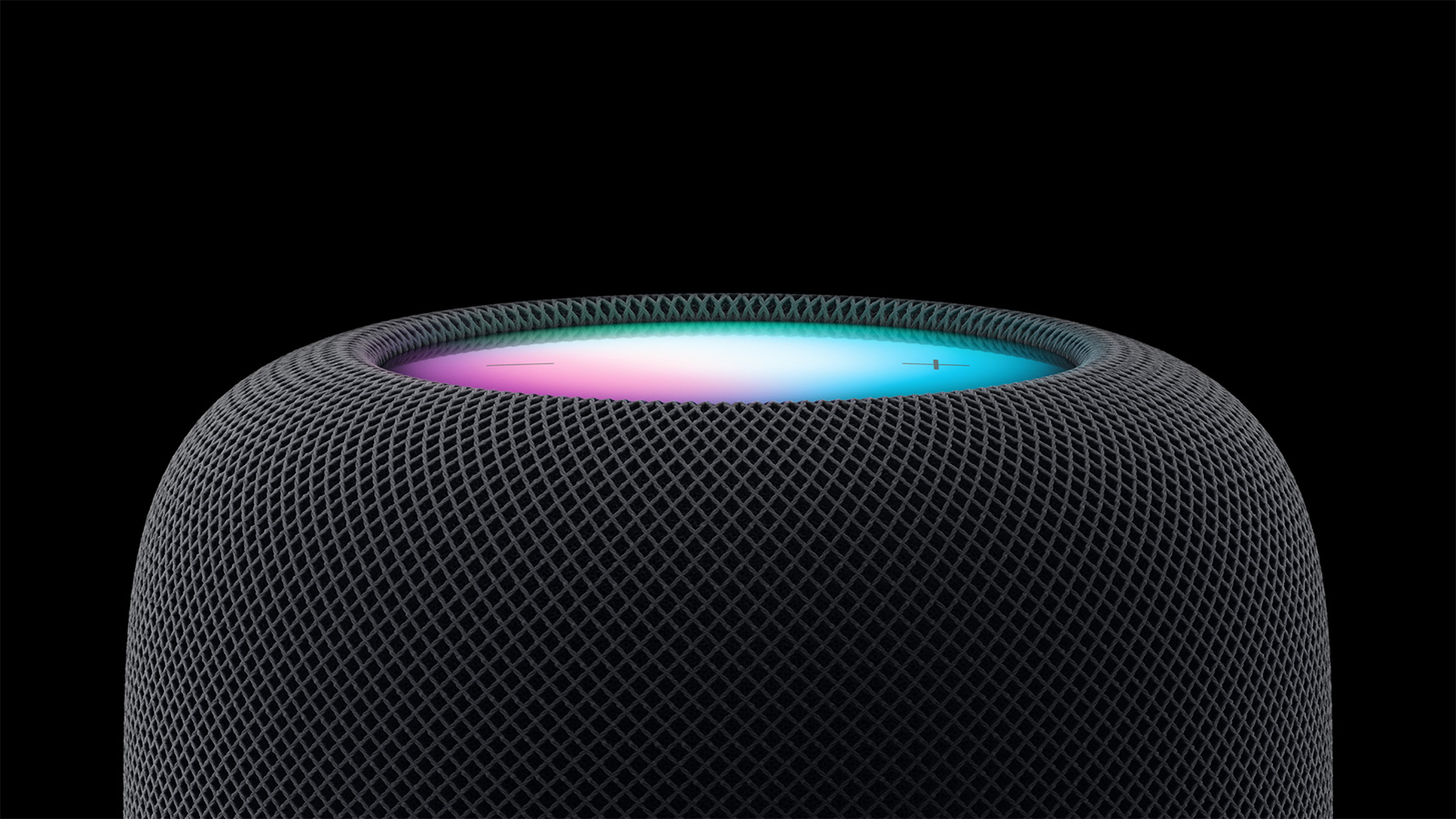ICYMI: Mobile & Beyond; 03:2023
Week 3

HomePod. Apple announced the new 2nd generation HomePod. You may recall that they retired the original HomePod in favor of the Mini some time back, but this replacement is much of a surprise. Promising improved sound quality and seamless smart home integration via the Matter standard, it still comes with a hefty price tag compared to its competitors. I just want Siri to work the first time I ask “her” something.
Foldables. This hands-on video of a Pixel Fold mockup was published by and it’s pretty cool! In it, they talk thru some comparisons against the recently released Oppo Find N2 and some of the common issues that Google will have to address. I went down a bit of a rabbit hole, so I’m taking you with me: there’s also this podcast discussing foldable use cases, this outie concept by Samsung, this rollable concept by TECNO, and a full review of the aforementioned Oppo Find N2. Whew!
iOS 16.3… should be hitting iPhones some time this week (check your Settings). You may have noticed a ton of updates notifications in App Store over the past few weeks, even more noticeable if you have as many apps on your phone as I do. A tell-tale sign that an iOS update is on its way and, well, it is! Apple snuck the announcement into the footnotes of their Black History Month kickoff.
Smartphone Market. Global smartphone shipments dropped 11% in 2022. According to data from Canalys, a research group focusing on the tech industry, Q4 2022 was down 17% year-over-year — the sharpest decline in a decade. This analysis is backed by a similar report produced by Counterpoint, pointing to an “unfavorable macro environment” (read: global economy) as the main cause. Worth noting that this same report stated positive projections for foldables.
App Roundup. Instagram rolled out its new “Quite Mode.” Netflix refreshed the interface design of its iOS app. Smores is like TikTok, but for music discovery. A brief explainer on the Samsung’s fitness app. And Twitter banned third-party clients — ciao, Tweetdeck.
From the desk of…
In last week’s issue of Power On by Bloomberg, tech writer Mark Gurman proposes that Apple embrace touchscreen Macs. As I’ve argued before, I’m of a similar opinion that either they make MacBooks touch-enabled or do the necessary work for iPadOS to run design and media programs like a Mac. And same as I, he points out that, on the Windows side of the spectrum, OEMs like Microsoft are already doing this. In fact, one of the main features of Windows 11 is that it supports touch, including an enhanced experience for when you disconnect the keyboard from Windows tablet.
I admit that I feel vindicated having my own assertions supported by the likes of Mr. Gurman, someone who clearly has the inside track on the internal conversations at Apple. But ego points aside, this is more than wishful thinking, touch screen Macs are something that Apple is reportedly working on. As stated in the piece, future users will come into the device market expecting screens to be touch enabled — that’s the world they’re growing up in. And a successful cross-device ecosystem will require the support of multiple input methods regardless of OS. That is to say, touch coming to Mac is not just a hardware change, but will necessitate a software change as well.
As for the road that lies ahead for macOS and iPadOS, only Apple knows.
Articles
- Apple introduces the new HomePod with breakthrough sound and intelligence (Apple Newsroom)
- You must watch this hands-on video showing off a Pixel Fold mock-up (Phone Arena)
- iOS 16.3 Coming Next Week: Here's What's New (MacRumors)
- Canalys notes drop in smartphone shipments in 2022 ( Mobile World Live)
-
App Roundup
- Instagram’s new ‘Quiet Mode’ helps you take a break from the app (TechCrunch)
- Netflix now rolling out refreshed interface to its iPhone app (9to5Mac)
- Smores is a music discovery app with a TikTok-like feed (TechCrunch)
- What is Samsung Health? Everything you need to know (Android Authority)
- Twitter’s new developer terms ban third-party clients (Engadget)
